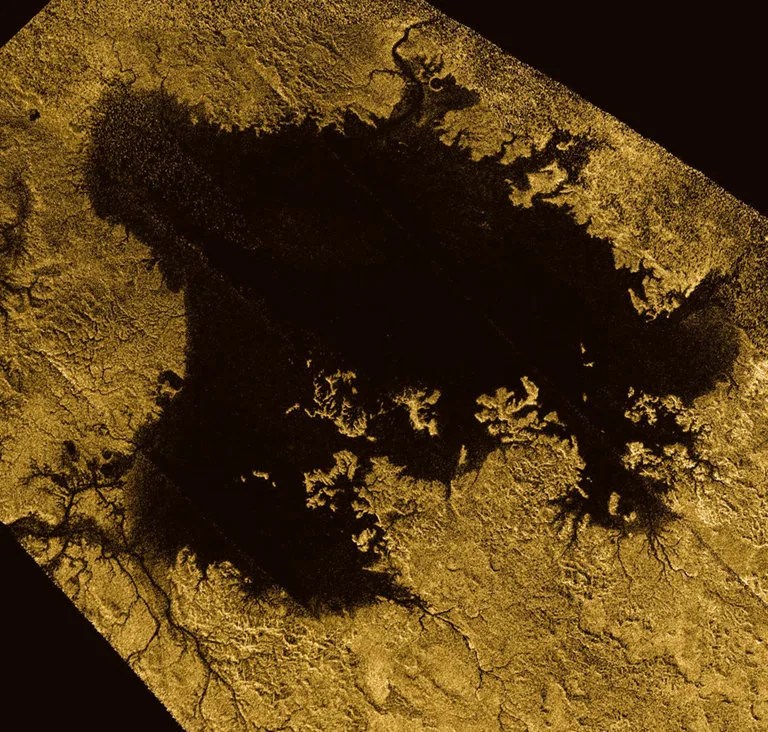1 min read

At just before the closest point during this flyby, the visible and infrared mapping spectrometer (VIMS) instrument will acquire images of Ligeia Mare and Punga Mare, the second and third largest known bodies of liquid on Titan respectively. Monitoring the Titan lakes is important for looking at how they evolve over time and seasons. Are they evaporating and getting smaller, or staying the same, or getting larger?
Earlier in this flyby, observations of specular reflection will be possible if liquid bodies are present in the area near Ara Fluctus (57.3 N, 131.2 W) and (58.4 N, 151.7 W). After closest approach, ISS will acquire high-resolution images of Ontario Lacus on the terminator as the Sun sets for southern winter.
Date
July 26, 2013
Altitude
870 miles (1,400 km)
Speed
13,000 mph (5.8 km/sec)







